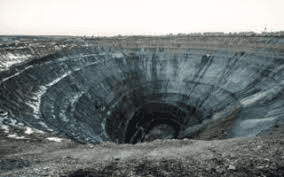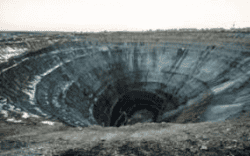New discoveries of the world that we live in are happening all the time, but there is still so much that we have to learn about our planet and areas that have still yet to be discovered. Occasionally the earth surrenders some little gems that allow us to see what the world is made of; what life may have been like in the past and reaffirms our wonder in the world.
Diamonds are one such item. Produced millions of years ago these beautiful gems are projected up from the earth’s core through a volcanic pipe known as a kimberlite pipe. These pipes are like natural Pneumatic conveying systems, like the mechanical ones from https://www.aptech.uk.com/pneumatic-conveying-systems/ that push the jewels along to the surface of the earth. Diamonds are created more than a hundred miles below the surface of the earth where the temperatures can reach up to 400 degrees Celsius and the pressure is 30 kilobars. It is at these very specific depths and pressures that diamonds occur. Any near the surface or at different pressures the carbon atoms would not be placed under the right circumstances to turn into diamonds, you would instead find that graphite or fullerite would occur. The diamonds that you find are only a few miles and degrees Celsius different from the graphite that you find in drawing pencils.
Once the diamonds have been formed, they are then propelled through the kimberlite pipe to levels closer to the surface. These pipes are named after the Kimberley mine in South Africa where the pipes were first found. Kimberlite itself is a rock with a blue hue that miners specifically look out for when searching for diamonds and it appears within the kimberlite pipes. The openings of which (or the surface area) can be anything from 5 to 361 hectares wide. Mines are then created around these openings in either open or deep mine set ups, many of which can be found in Australia, Russia and South African countries as well as a few other selected places around the world.
Most of the world’s diamonds are found in these mining areas, they have also been found in river-bed areas through what is known as alluvial mining. These diamonds are formed in exactly the same but instead of sitting inside the kimberlite pipe in the kimberlite rock they move through to the river bed through natural geological actions that occur daily throughout the world.



